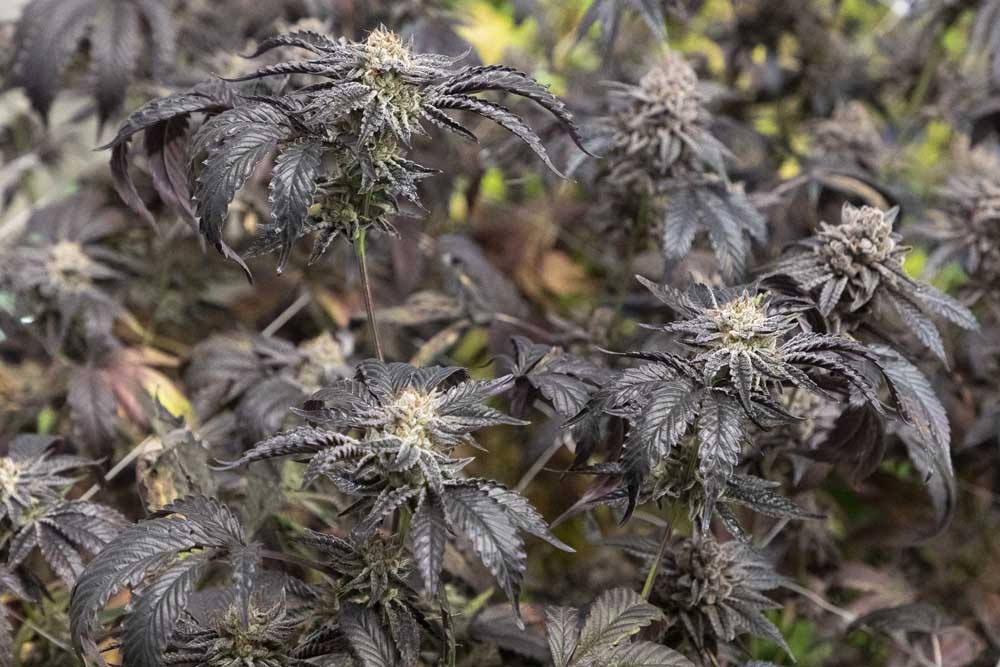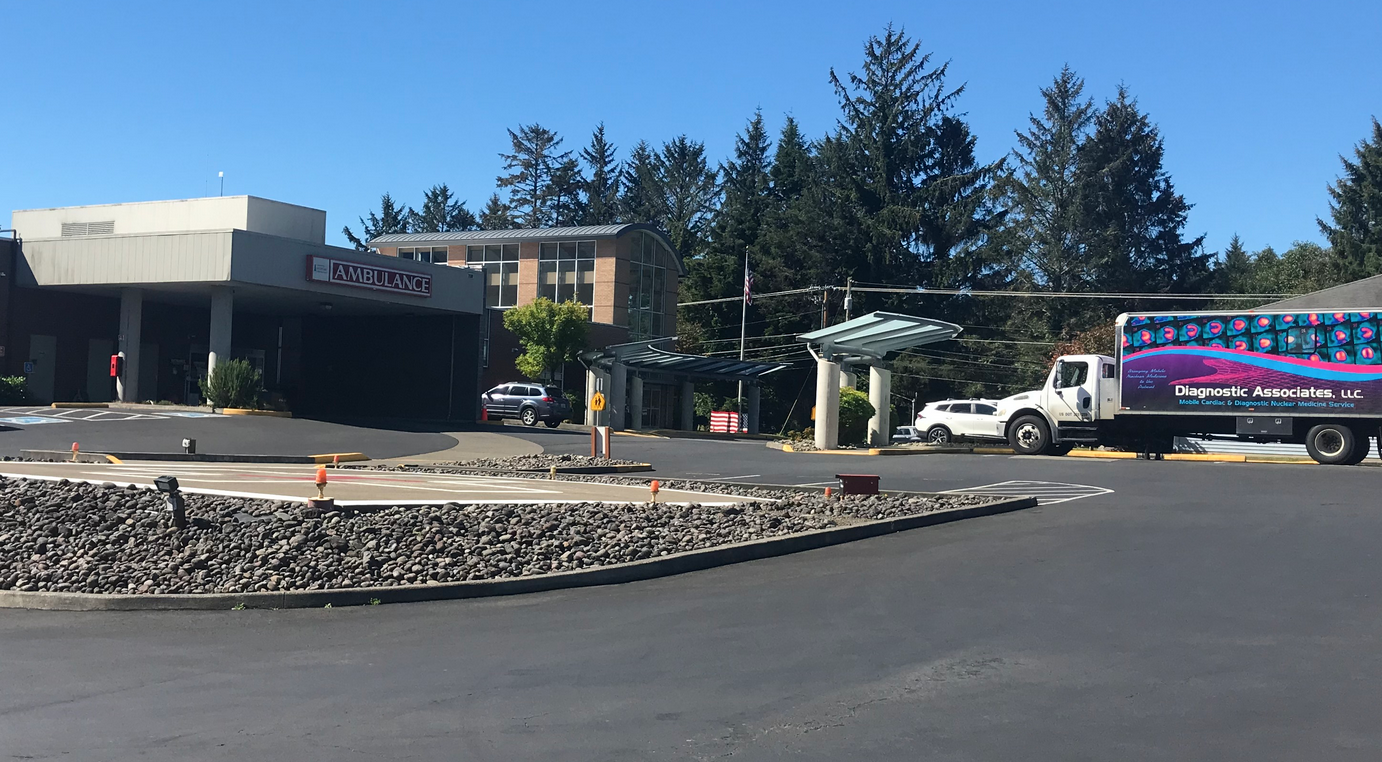State imposes stricter marijuana pesticide testing
Published 11:20 am Monday, April 4, 2022

- Mature marijuana plants are pictured at Coastal Growers in Ilwaco.
PACIFIC COUNTY — Washington cannabis consumers can exhale a little easier.
Trending
New marijuana testing regulations went into effect over the weekend in the Evergreen State, imposing new guidelines for pesticide use for growers and giving consumers more insight into the substances used on marijuana products they may ingest.
Washington state regulators now require pesticide testing on all cannabis products, joining protocols already in place in neighboring states that permit recreational marijuana consumption.
The new rules, which officially took effect April 2, will allow the Washington State Liquor and Cannabis Board to test both recreational and medical marijuana products for heavy metals on a random basis or as part of an investigation.
Trending
Washington previously only tested medical marijuana products for such pesticides.
The additional testing raised concerns among some producers early in the process, particularly regarding the additional costs of the increased testing. However, one local grower welcomed the news.
Coastal Growers owner Marty Junge, a tier-1 marijuana producer based in Ilwaco, said the new requirement will mean a roughly 70% increase in testing costs, but he considers it a small price to pay in granting customers more insight into how their marijuana is produced.
“There’s new detailed testing required on the product. Even though it nearly doubles my cost from $100 a sample to $170, it’s worth it as a small, craft cannabis producer,” Junge said, adding that he’s required to submit a sample with each ‘lot’ he harvests.
“Every five pound [lot] has to be tested. By all rights I should squeal, but this update [for pesticide testing] has been needed for a while,” explained Junge, who added that all growers were notified of the potential product pesticide testing changes last year.
“People need to know what they’re ingesting,” he summarized.
Since he is a tier-1 grower, the smallest of Washington’s three marijuana grow classifications based on permitted canopy space, Junge acknowledges the bigger farms will be impacted most by the new regulations.
“This is produced with no spray,” Junge said, motioning to a rolling cart containing approximately a dozen mature marijuana plants, his typical weekly harvest.
“It’s the big farms that spray [pesticides] continuously that will have to worry about the new testing rules. Hopefully, it will weed out farmers or keep them from spraying so much. Some of them spray twice a week, right through bloom. They have to because if they get any bug issues in a crowded, production farm — it just spreads like wildfire. Especially the guys on hydroponics, if one plant has a problem and it gets in the reservoir, your entire grow can be at risk within hours,” he said.
Junge said the worst pests indoor farms often deal with include thrips, a small, slender insect with wings that punctures plants and sucks out contents, and spider mites, which can infest the soil and are considered among the most difficult to eradicate.









